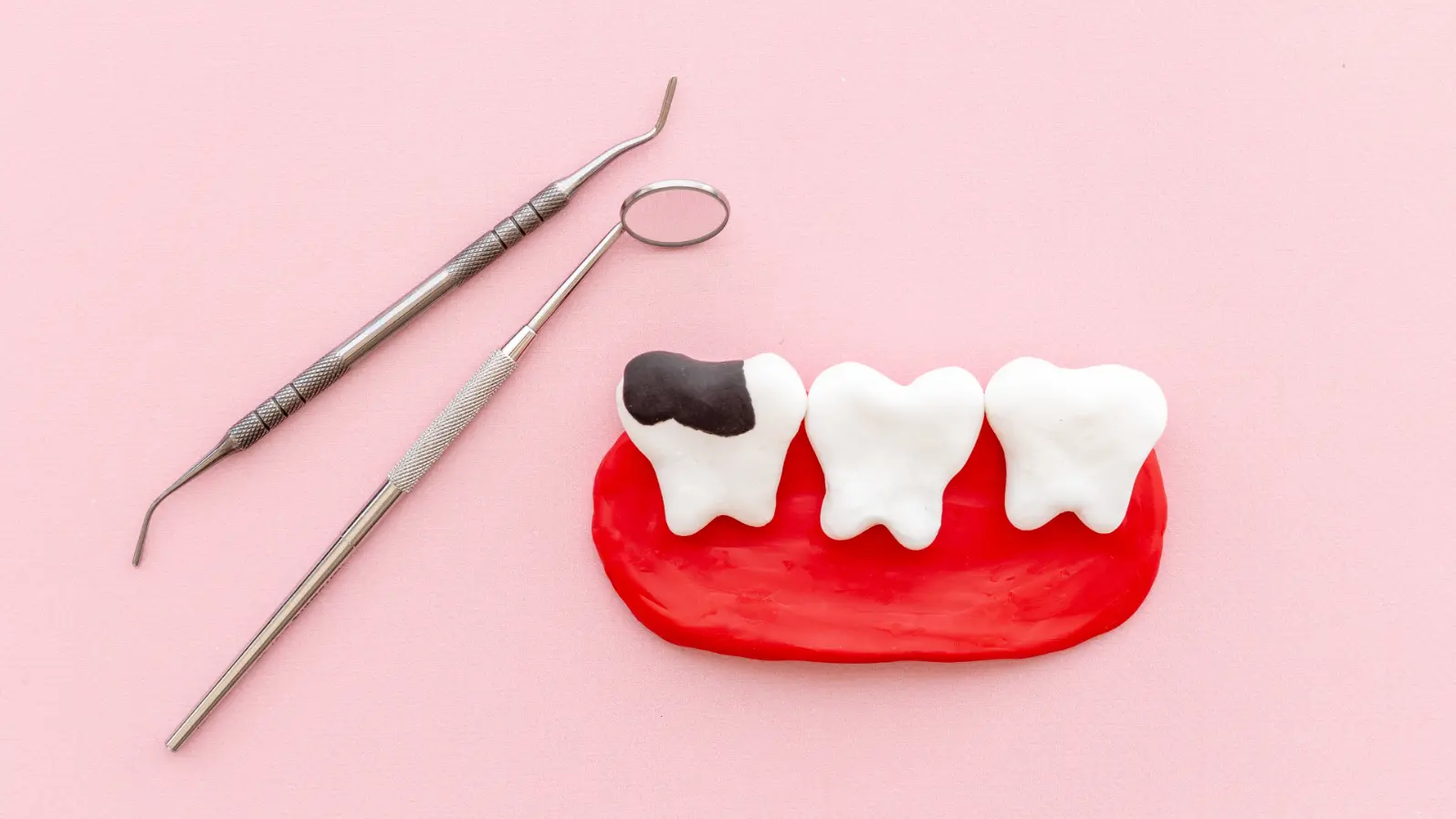
Finding the Best Schedule for Silver Diamine Fluoride to Stop Tooth Decay
Researchers test different application intervals to see how often SDF should be used for maximum cavity control
Background: Why Silver Diamine Fluoride Matters
Silver diamine fluoride (SDF) has become one of the most promising non-invasive treatments for stopping dental caries, especially in children. This liquid combines the cavity-fighting power of silver with the enamel-strengthening effect of fluoride. However, dentists still debate how frequently it should be applied to achieve the best results every few months, twice a year, or even less?
The Study Design
Researchers from the University of Manitoba, led by Dr. Robert J. Schroth, conducted an open-label, randomized clinical trial to answer this question. The study compared different SDF application intervals in groups of children with early-stage cavities.
Participants were divided into several groups, each receiving SDF (followed by fluoride varnish) at different time intervals. The goal was to determine which schedule was most effective in arresting active tooth decay without unnecessary over-application.
What They Found
The trial revealed that SDF can effectively stop cavity progression in most children but more frequent applications did not always lead to significantly better outcomes. Instead, carefully timed applications can balance effectiveness, cost, and patient comfort.
These findings are valuable for public health programs and community dental clinics that aim to control childhood caries in cost-effective ways.
Why This Correction Was Published
After the initial publication, the authors issued a correction to clarify a small error in the study’s flow diagram. The original figure mistakenly showed that a second SDF/fluoride varnish application was done at the third visit but that was not the case. The corrected version ensures the study’s procedures are clearly represented and transparent to readers.
The Takeaway
This research supports SDF as a reliable tool for controlling dental caries and helps clinicians make evidence-based decisions on how often to apply it. While one treatment may be enough in some cases, others might benefit from periodic re-applications. Clear clinical guidelines will continue to evolve as more trials confirm the most effective intervals.
Reference
Schroth RJ, Bajwa S, Lee VHK, Mittermuller BA, Singh S, Cruz de Jesus V, Bertone M, Chelikani P. An open-label, parallel-group, randomized clinical trial of different silver diamine fluoride application intervals to arrest dental caries. BMC Oral Health. 2024; 24(1):1036.
DOI: 10.1186/s12903-024-04791-9
Correction: BMC Oral Health (2024) 24:1354.